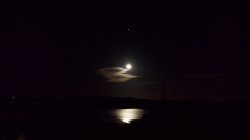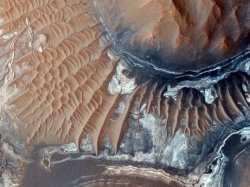CAPSLOCKSTUCK
Spaced Out Lunar Tick
- Joined
- Feb 26, 2013
- Messages
- 8,578 (1.89/day)
- Location
- llaregguB...WALES
| System Name | Party On |
|---|---|
| Processor | Xeon w 3520 |
| Motherboard | DFI Lanparty |
| Cooling | Big tower thing |
| Memory | 6 gb Ballistix Tracer |
| Video Card(s) | HD 7970 |
| Case | a plank of wood |
| Audio Device(s) | seperate amp and 6 big speakers |
| Power Supply | Corsair |
| Mouse | cheap |
| Keyboard | under going restoration |
24,.5 hours after the last photo from my back yard
Jupiter
Moon rose 1hr 2 minutes later today and is about 1,322 km further away
Moons reflection high tide was 32 minutes later today at 18.42

then 30 mins later

For reference this is the view at dawn

Jupiter
Moon rose 1hr 2 minutes later today and is about 1,322 km further away
Moons reflection high tide was 32 minutes later today at 18.42
then 30 mins later
For reference this is the view at dawn
Attachments
Last edited:











































































